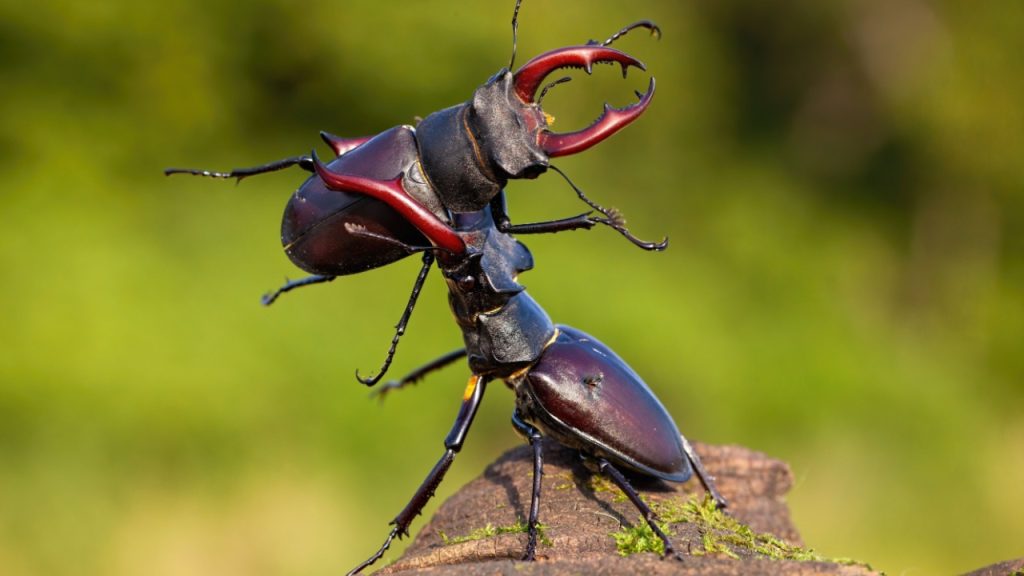Britain is home to a fascinating array of insects, some of which might surprise you with their size. From giant moths to impressive beetles, these 12 insects showcase the incredible diversity of life that can be found right here in the UK.
1. Giant Hawker Dragonfly
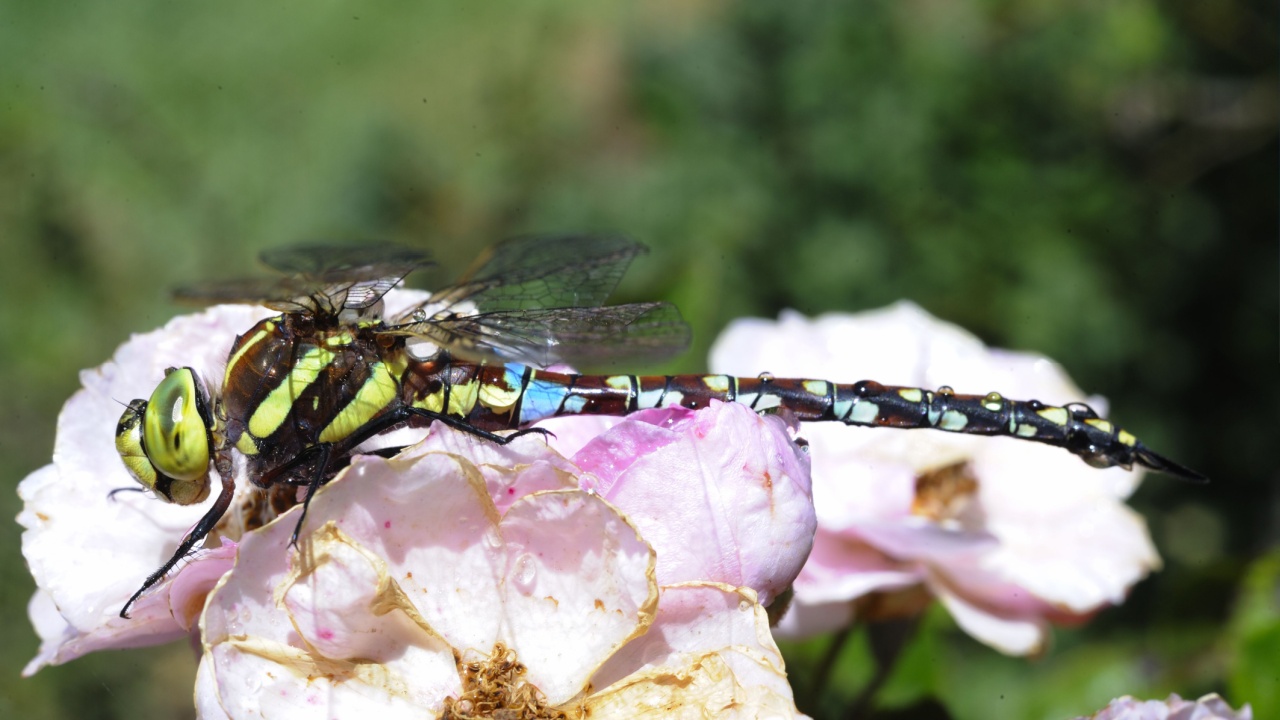
The giant hawker dragonfly is one of the largest dragonflies in Britain, with a wingspan of up to 4.3 inches (11 cm). These impressive insects are known for their aerial prowess, capable of flying forwards, backwards, and even hovering like a helicopter. Giant hawkers are most commonly found near lakes, ponds, and slow-moving rivers, where they hunt smaller insects.
2. Giant Wood Wasp
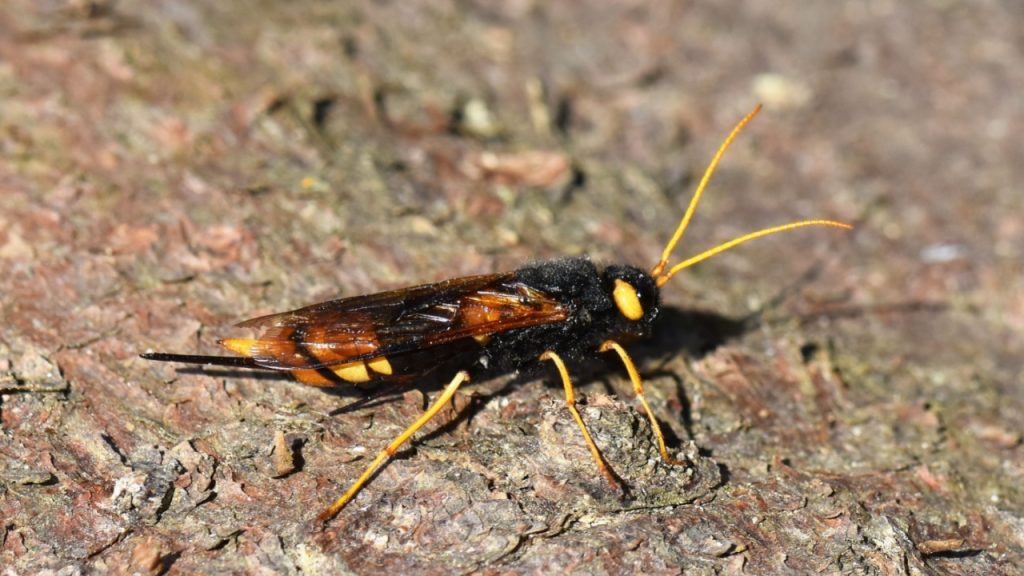
The giant wood wasp, also known as the horntail, is a large, intimidating-looking insect that can grow up to 1.6 inches (4 cm) long. Despite their size and wasp-like appearance, giant wood wasps are harmless to humans. The females have a long, needle-like ovipositor, which they use to lay eggs in the bark of coniferous trees.
3. Stag Beetle
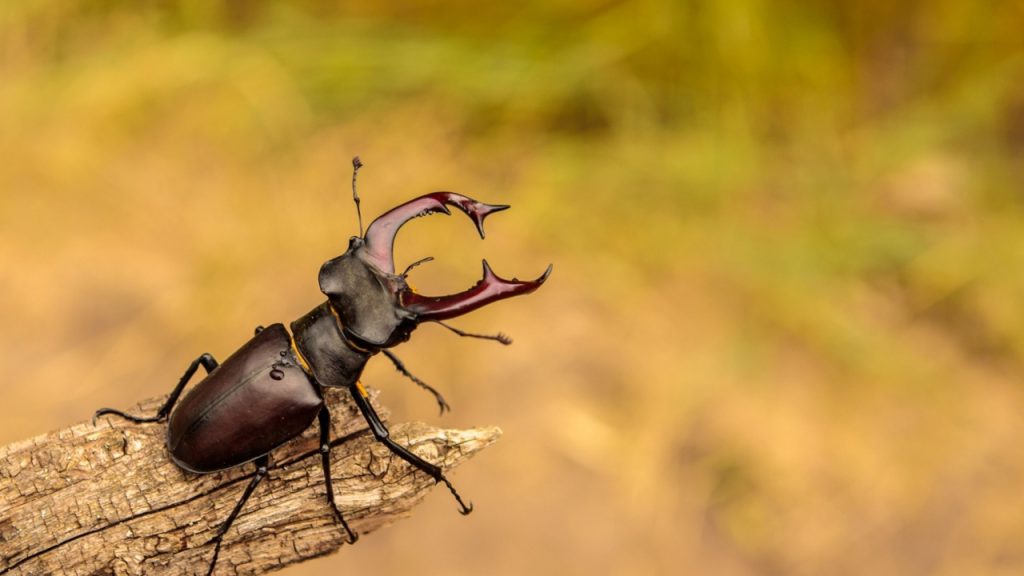
Stag beetles are the largest terrestrial beetles in Britain, with males reaching up to 3 inches (7.5 cm) in length. Male stag beetles are known for their impressive, antler-like mandibles, which they use to wrestle with other males during mating season. These beetles are most active at dusk and can often be found near woodland edges and hedgerows.
4. Great Silver Water Beetle
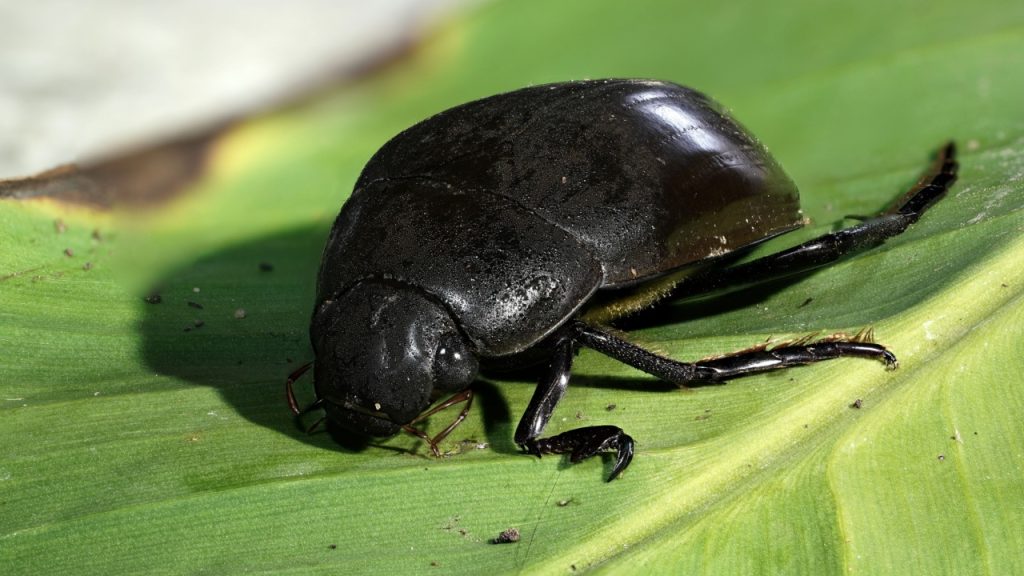
The great silver water beetle is one of the largest aquatic insects in Britain, growing up to 1.4 inches (3.5 cm) long. These beetles are strong swimmers and can often be found in ponds, lakes, and slow-moving streams. Great silver water beetles are predators, feeding on small fish, tadpoles, and other aquatic invertebrates.
5. Emperor Moth
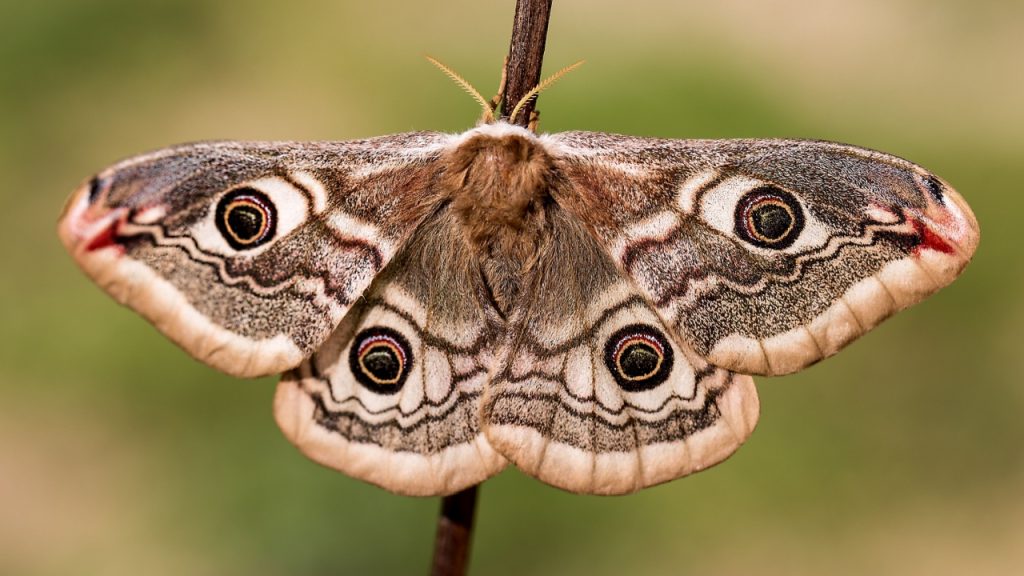
The emperor moth is one of the largest and most impressive moths in Britain, with a wingspan of up to 3.3 inches (8.5 cm). These beautiful moths are known for their striking appearance, with males having bright orange and brown wings, while females are larger and greyer in color. Emperor moths can be found in a variety of habitats, including heathland, woodland, and even gardens.
6. Giant Lacewing
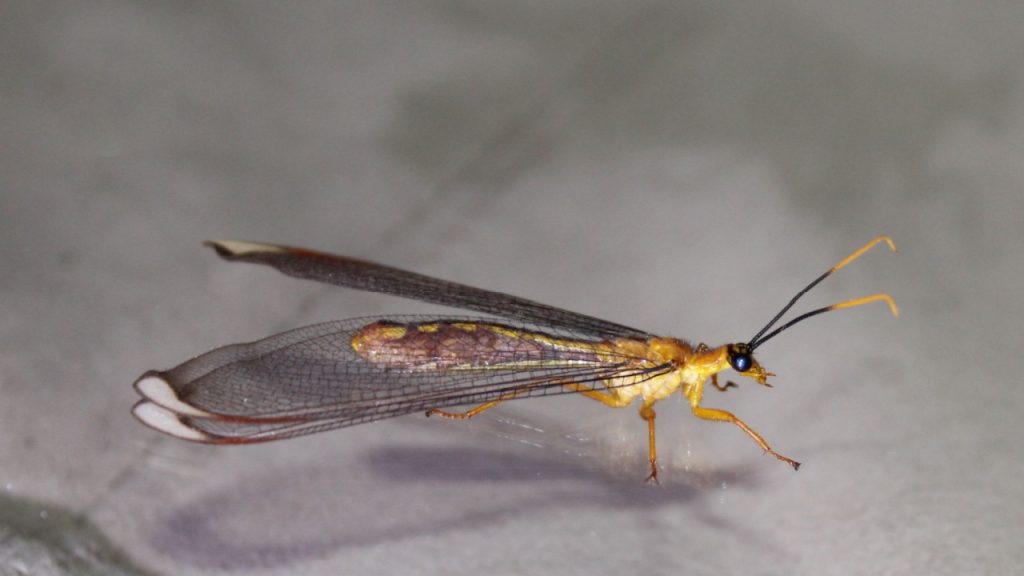
Giant lacewings are large, delicate insects with a wingspan of up to 2.4 inches (6 cm). These insects are known for their intricate wing patterns and long, filamentous antennae. Giant lacewings are nocturnal and can often be attracted to light sources at night. The larvae of giant lacewings are predatory and feed on aphids and other small insects.
7. Elephant Hawk-moth
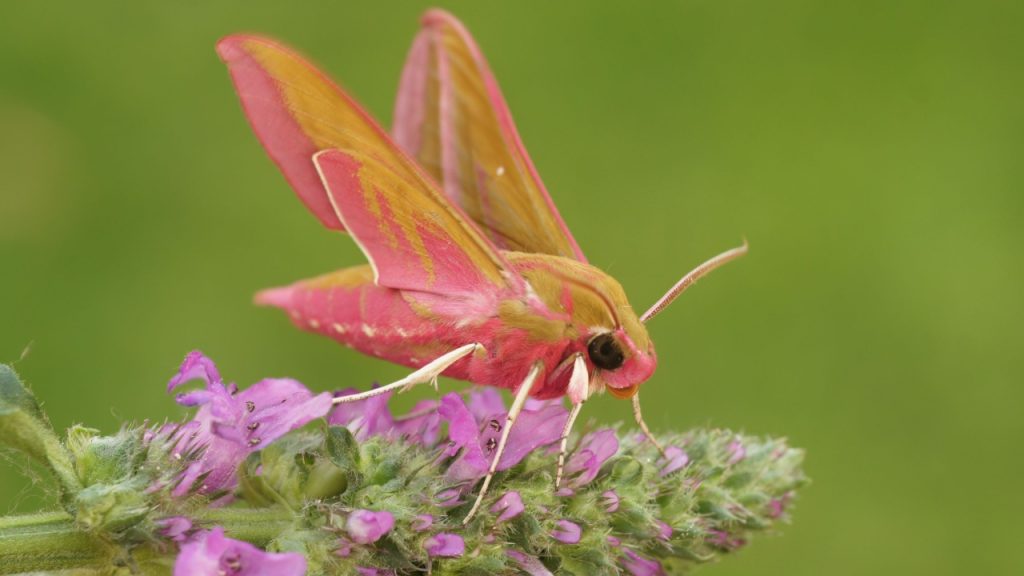
The elephant hawk-moth is a large, colorful moth with a wingspan of up to 2.8 inches (7 cm). These moths are named for their caterpillars, which have a distinctive, trunk-like snout. Elephant hawk-moths are most active at dusk and can often be seen feeding on the nectar of flowers such as honeysuckle and petunias.
8. Great Green Bush-cricket
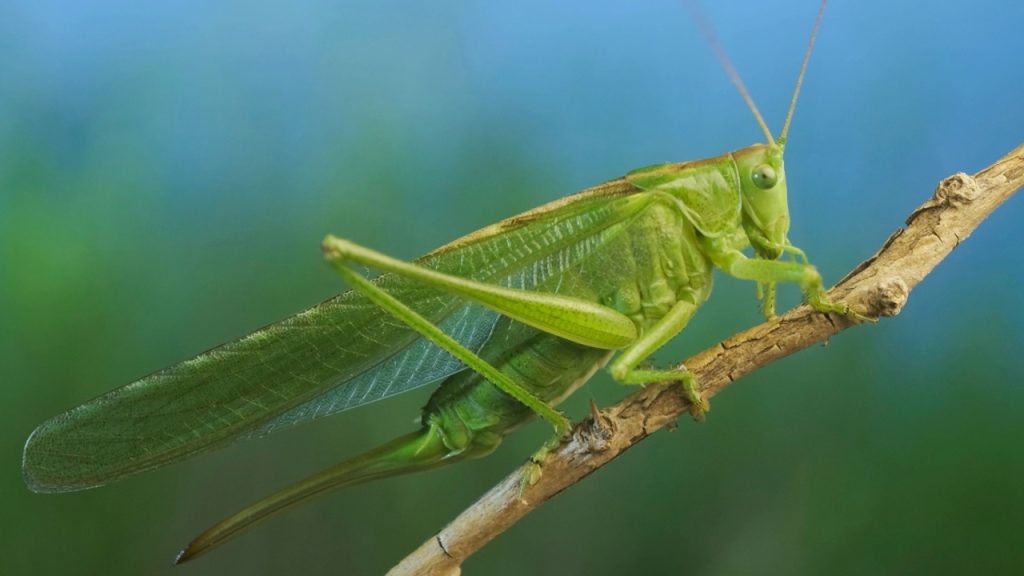
The great green bush-cricket is one of the largest crickets in Britain, with females growing up to 2.2 inches (5.5 cm) long. These insects are known for their impressive camouflage, with their bright green coloration helping them blend in with the foliage. Great green bush-crickets are most active at night and can often be heard singing their characteristic chirping song.
9. Greater Water Boatman
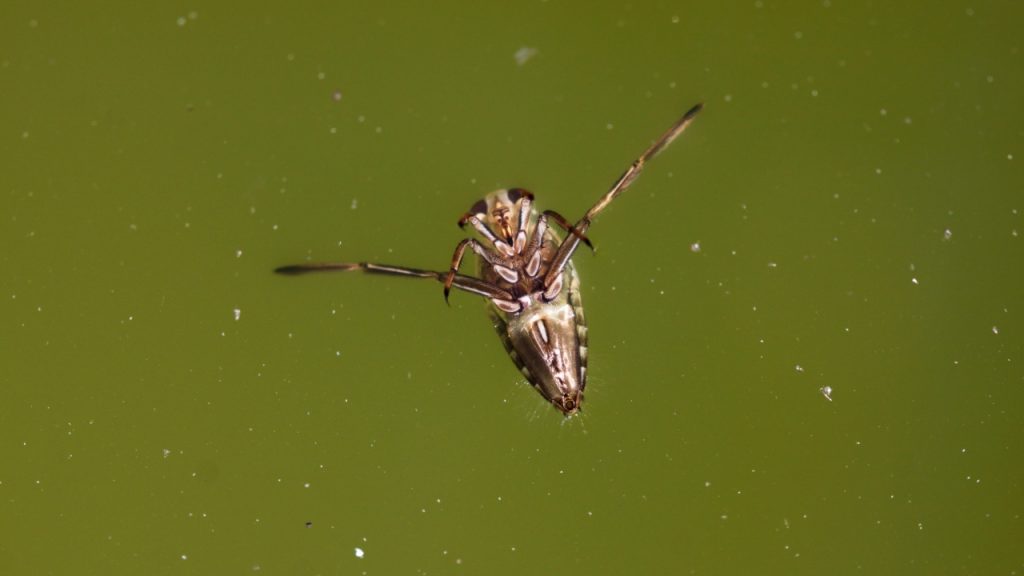
Greater water boatmen are large, aquatic insects that can grow up to 0.6 inches (1.5 cm) long. These insects are named for their oar-like legs, which they use to swim through the water. Greater water boatmen are predators and feed on small aquatic invertebrates, including mosquito larvae. They can often be found in ponds, lakes, and slow-moving streams.
10. Oak Bush-cricket
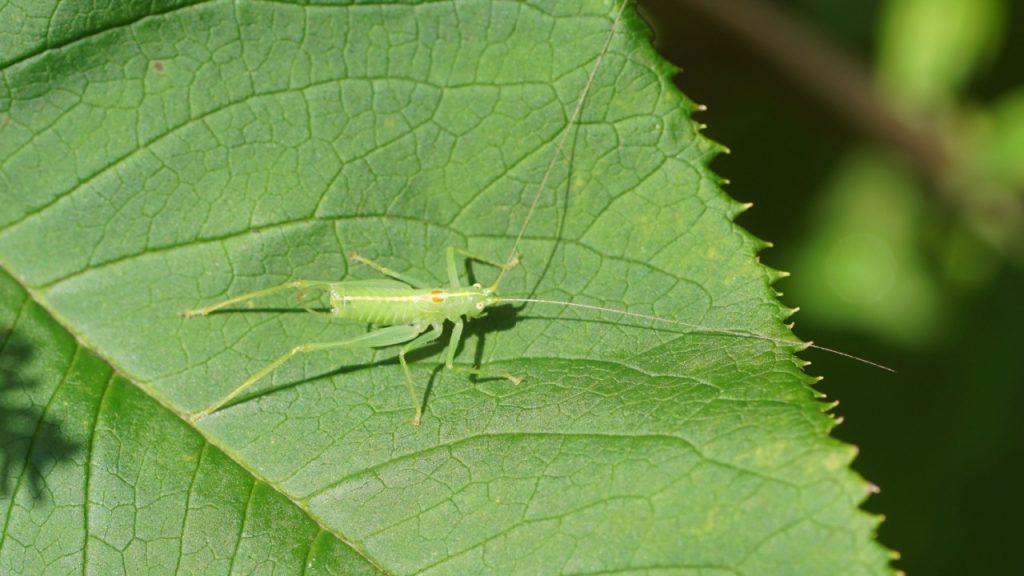
Oak bush-crickets are large, robust crickets that can grow up to 1.2 inches (3 cm) long. These insects are most commonly found in woodland habitats, particularly those with oak trees. Male oak bush-crickets are known for their loud, distinctive mating call, which they produce by rubbing their wings together.
11. Hornet Moth
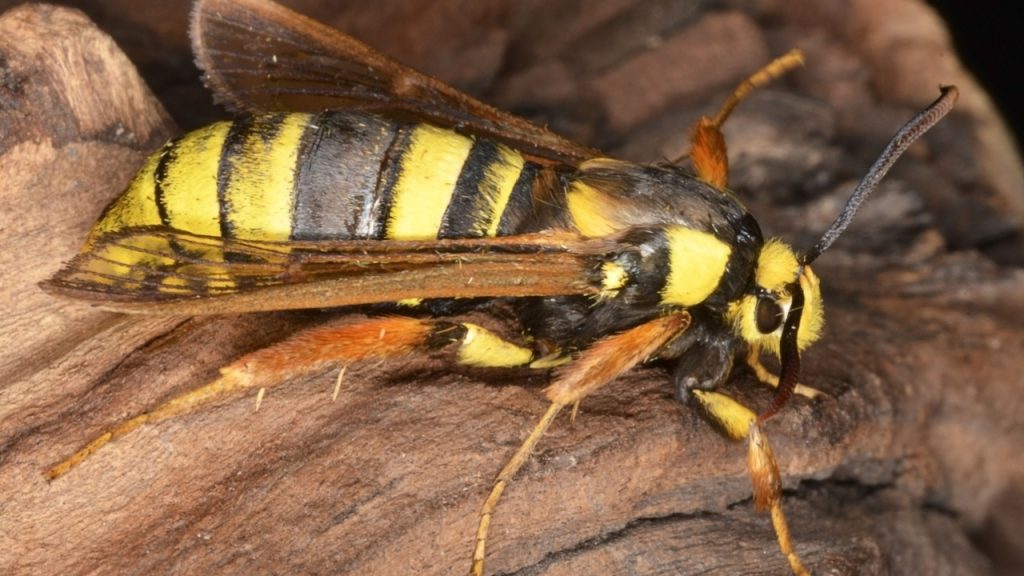
The hornet moth is a large, impressive moth with a wingspan of up to 2.4 inches (6 cm). These moths are named for their striking appearance, which mimics the coloration and patterning of hornets. Hornet moths are most active during the day and can often be seen feeding on the nectar of flowers such as thistles and knapweeds.
12. Great Diving Beetle

The great diving beetle is one of the largest aquatic beetles in Britain, with adults growing up to 1.4 inches (3.5 cm) long. These impressive insects are strong swimmers and can often be found in ponds, lakes, and slow-moving streams. Great diving beetles are predators and feed on a variety of aquatic invertebrates, as well as small fish and tadpoles. Females lay their eggs on aquatic plants, and the larvae are also predatory, feeding on other aquatic insects and small fish.
Katy Willis is a writer, master herbalist, master gardener, and certified canine nutritionist who has been writing since 2002. She’s finds joy in learning new and interesting things, and finds history, science, and nature endlessly fascinating.
